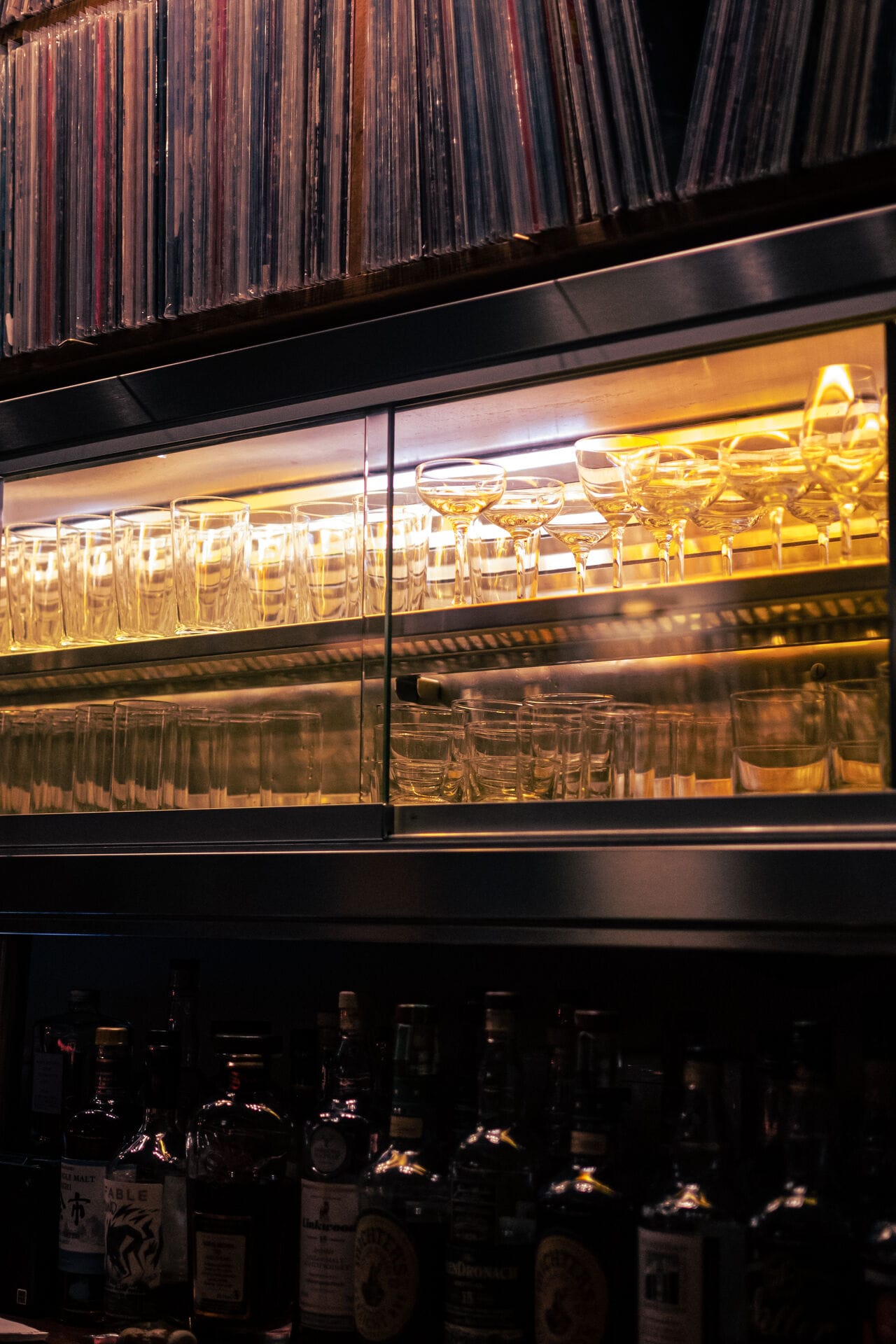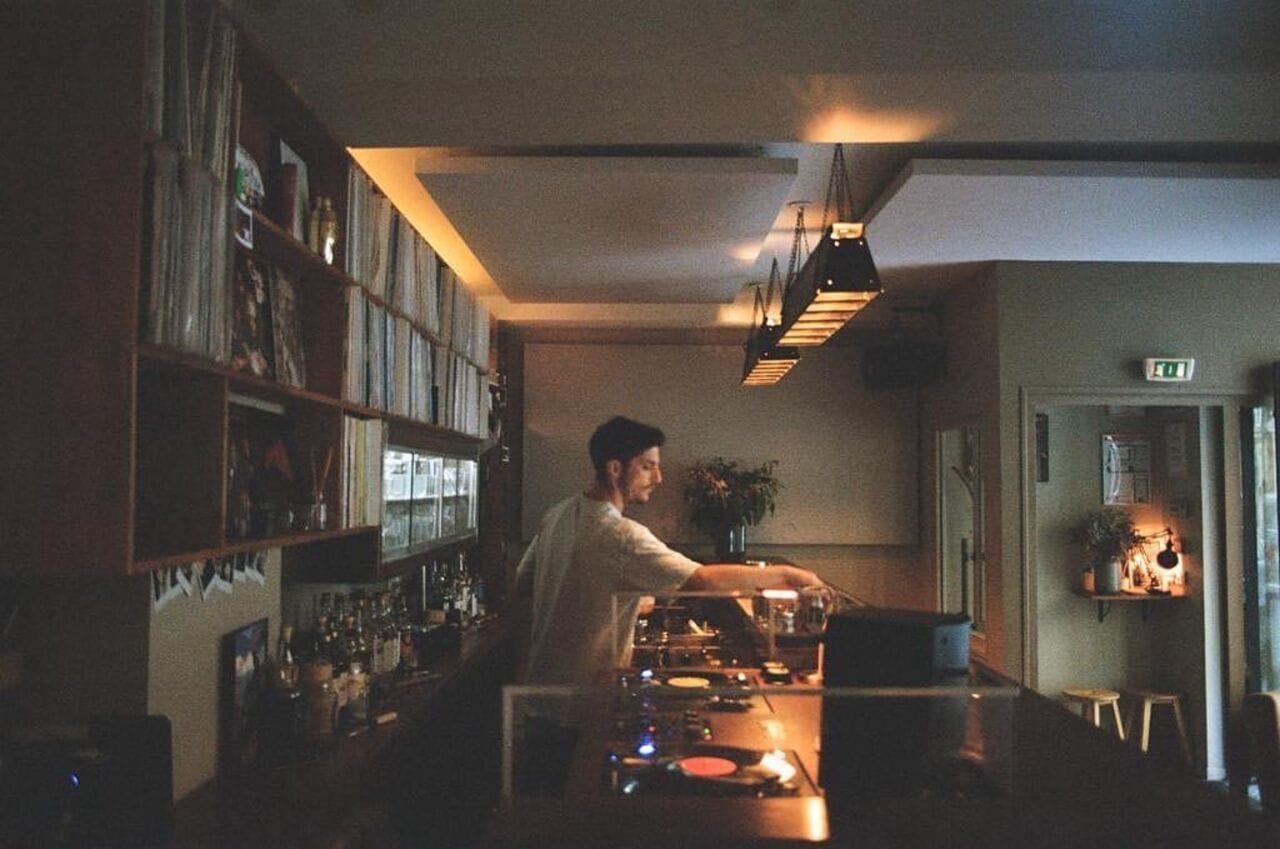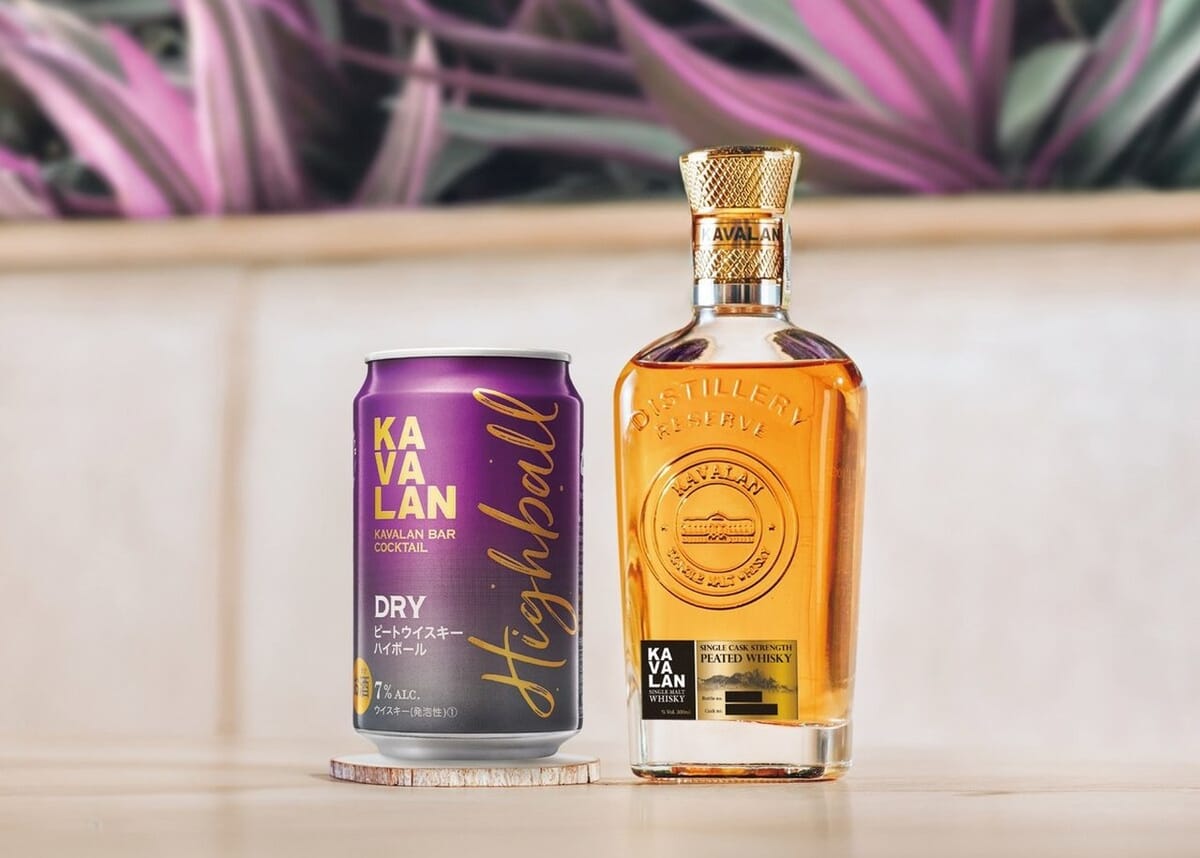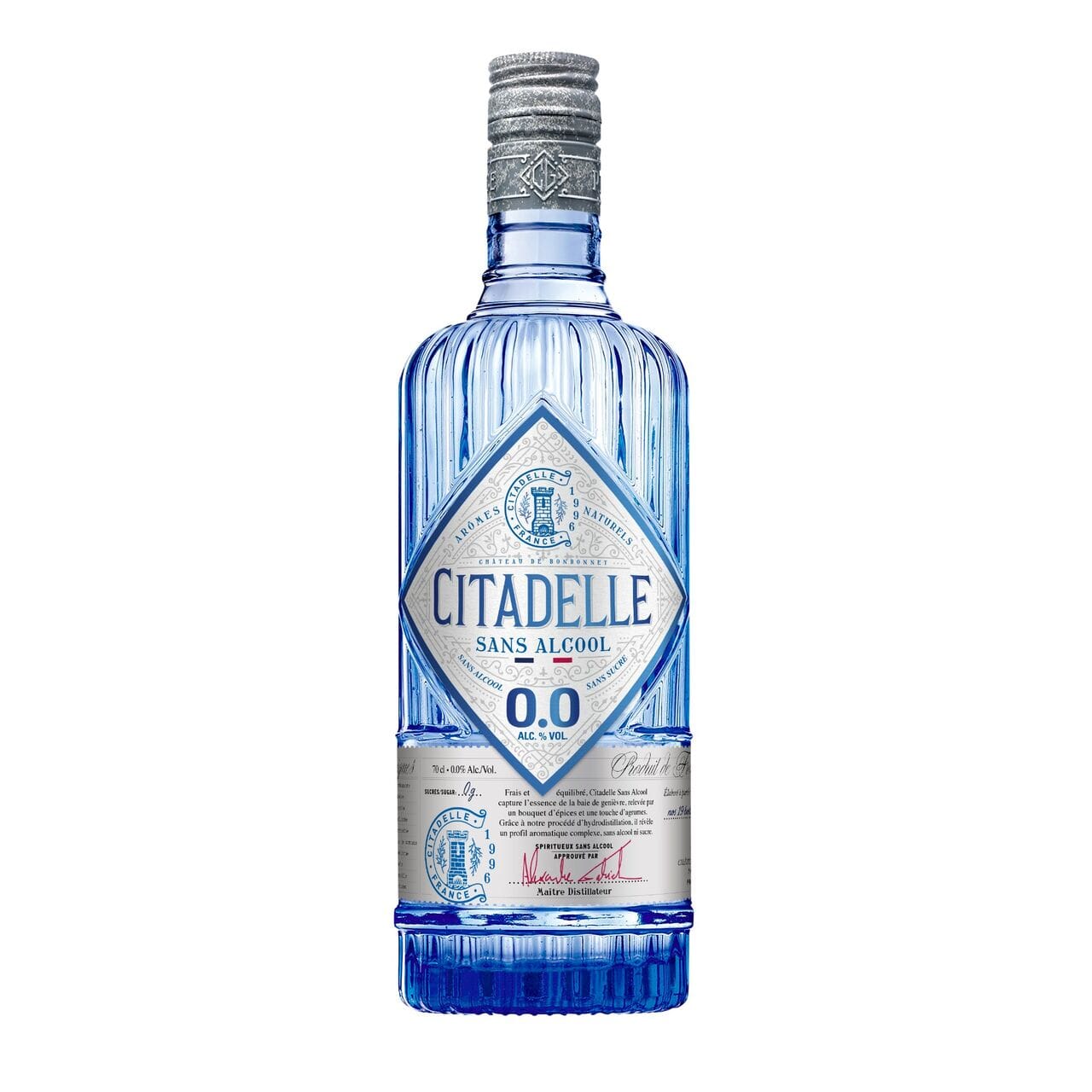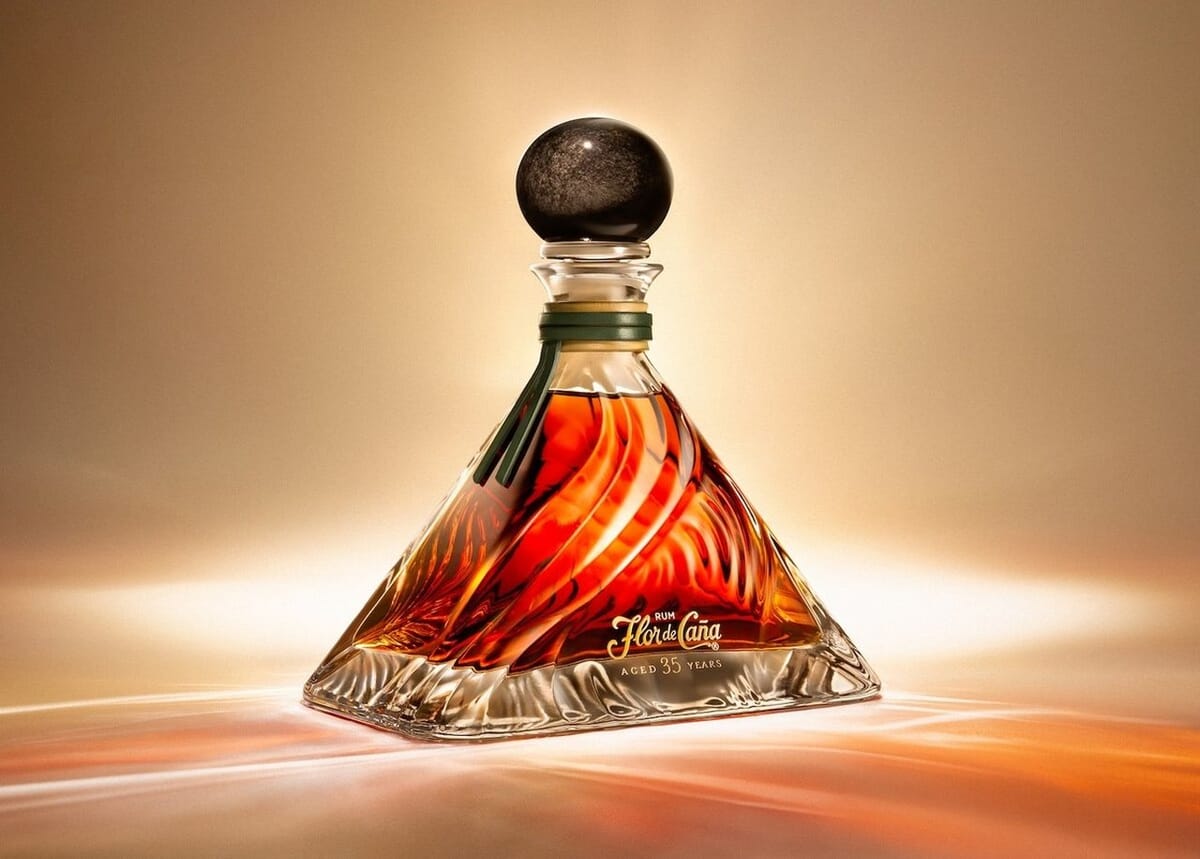Fréquence (Paris) celebrates its sixth anniversary! Guillaume Quenza tells us more
As Fréquence marks its sixth anniversary, co-founder Guillaume Quenza revisits how this low-ABV audiophile bar and its menu concept began, then previews his upcoming restaurant in Corsica, featuring a cocktail menu.
A low-ABV concept driven by product selection.
I worked at Andy Walhoo with Matthieu (NDLA : Matthieu Biron, co-founder of Fréquence), and we really enjoyed the festive atmosphere of the place — which served cocktails. Our plan to open a venue dates back to 2016, and at that time there was already a significant wave of new cocktail bars.
Cocktails were becoming part of French culture, and we needed to stand out. We wanted a bar where cocktails were not the only reason to come. So music became the main focus: we were all passionate about it, and it had to be the main reason to visit our bar.
Initially, we hadn’t planned on focusing on low-ABV cocktails and Japanese spirits. In fact, our first menus looked more like what I was used to doing at Sherry Butt, which was my main source of inspiration at the time. Then we met Adrienne Saulnier-Blache (NDLA: the founder of the distribution company Madame Saké), who brought products we already knew—like shochus and yuzushu—but of remarkable quality and offering a different approach than what we were used to. We let her selection guide us as we explored lesser-known spirits like unfiltered sake and barley shochu.
We were among the first to connect with her, and having access to products we hadn’t worked with before naturally led us down a new path. The more delicate nature of these ingredients made us reconsider how we balanced cocktails and required a new approach. That’s how we naturally found our niche.
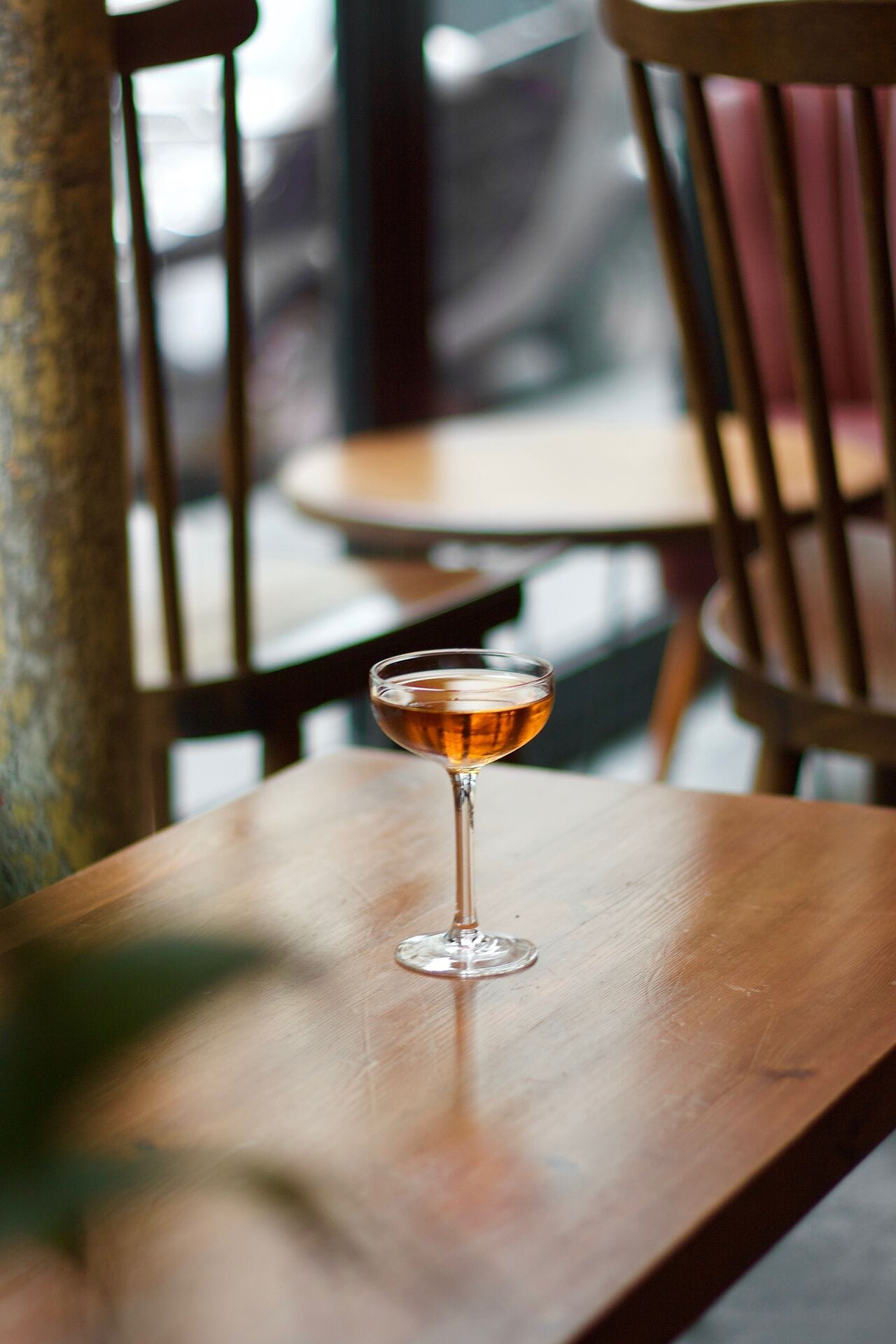
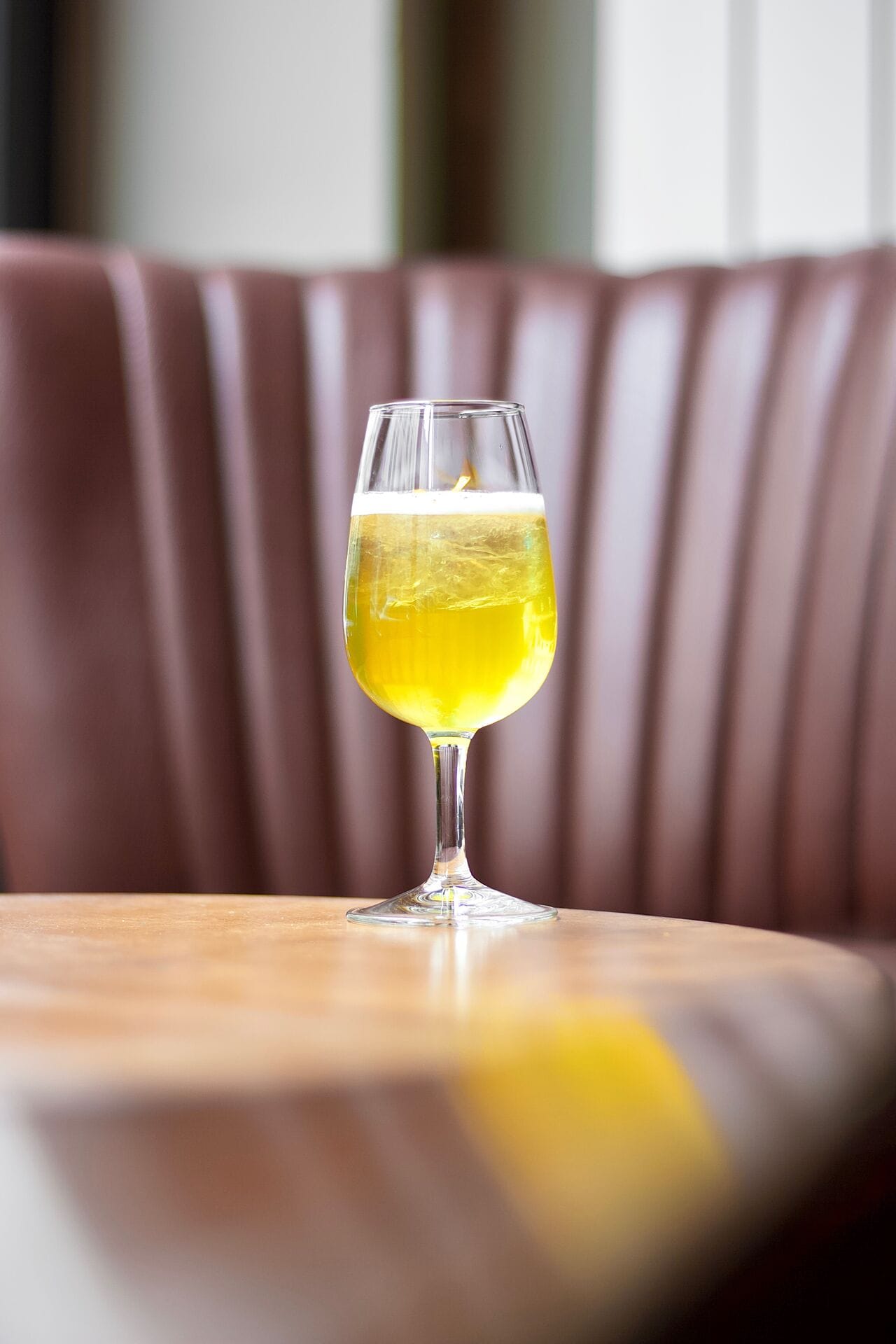
No themed menu.
Conceptual menus are a great idea—and every bar should develop its own identity—but that’s not Fréquence’s philosophy.
Because we wanted to emphasize the musical aspect of the place, we didn’t want our drink selection to dominate. We don’t cater exclusively to cocktail enthusiasts, and it’s important that someone who’s never tried a cocktail doesn’t feel lost or overwhelmed by an overly complex menu. That’s why we keep the menu minimal and easy to read.
The number of ingredients used in each cocktail is kept to a minimum. The idea behind Fréquence is this: come in, let’s listen to music, we serve cocktails but also beer and cider. The key word is simplicity; with highly thematic menus, it becomes harder to maintain that philosophy. This is why we’ve never invited other bars or hosted guests: cocktails are part of the bar’s concept, but they’re not its only purpose. That’s also why we’re somewhat set apart from the cocktail scene and its rankings, even if we were, of course, happy to appear in the Top 100 (NDLA : Fréquence was ranked 96th in the 50 Best Bars 2021).
Our audience tends to vary depending on the time of week, but we strive to offer the same menu, even though that can be a challenge. Our late-night crowd—we’re open until 4am on Fridays and Saturdays—comes for the music, to dance and have fun. And even though we gear our menu toward that vibe, we’ve been pleasantly surprised that cocktails remain our top-selling items.
Our markers are Gin and Tonic and the Moscow Mule. If we notice we’re selling too many of them weekend after weekend, it means our lineup isn’t meeting customers’ expectations, and we need to revamp it.
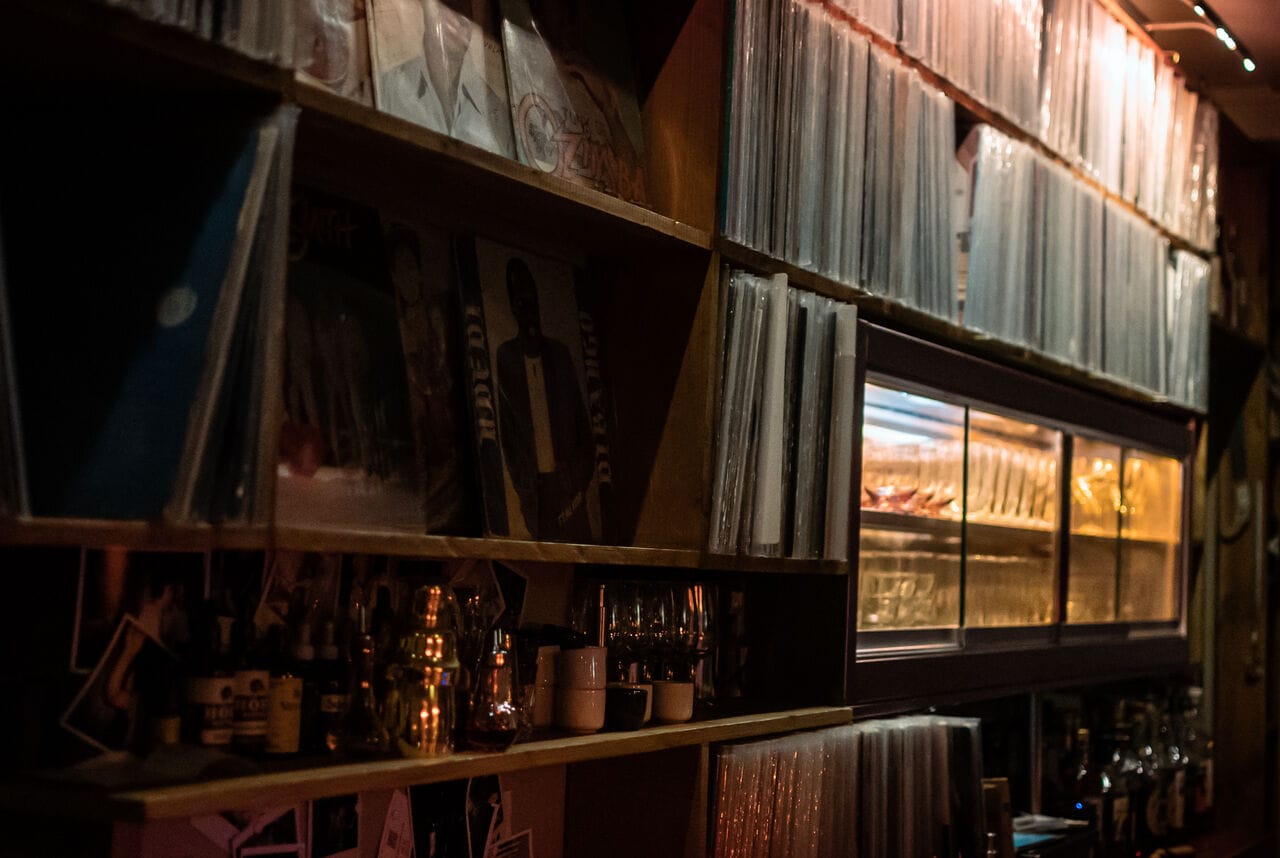
A successful cocktail experience isn’t just about taste.
Does a cocktail taste better with good music? Absolutely! Whether it’s a cocktail, wine, or food, what we consume is tied to the moment. And in my opinion, the moment is paramount; taste accounts for about 30% of the whole experience.
After that, many factors come into play: glassware, comfortable seating, the right temperature in the bar. For instance, having a pastis on vacation in the south of France won’t feel the same in winter in Paris, even though it’s the same product. The setting changes everything.
In the beginning, Fréquence was open on Sundays and Mondays, and those days were very calm, with mostly counter seating. We talked a lot with customers—more about music than cocktails—and ended up playing records they would enjoy. They had a great experience and kept coming back because we introduced them to new artists. There weren’t many people, so the sound felt immersive, and the drinks were carefully prepared. All of this contributes to the success of the tasting moment.
In the past, bartenders had a bit of a patronizing attitude. I remember—ten years ago—people often talked about the need to “educate people.” I really don’t like that word. We’re just trying to give people something they’ll enjoy; we’re not here to ‘educate’ them.
Today, customers are more informed about this world, so the relationship is more balanced and equal, which is great.
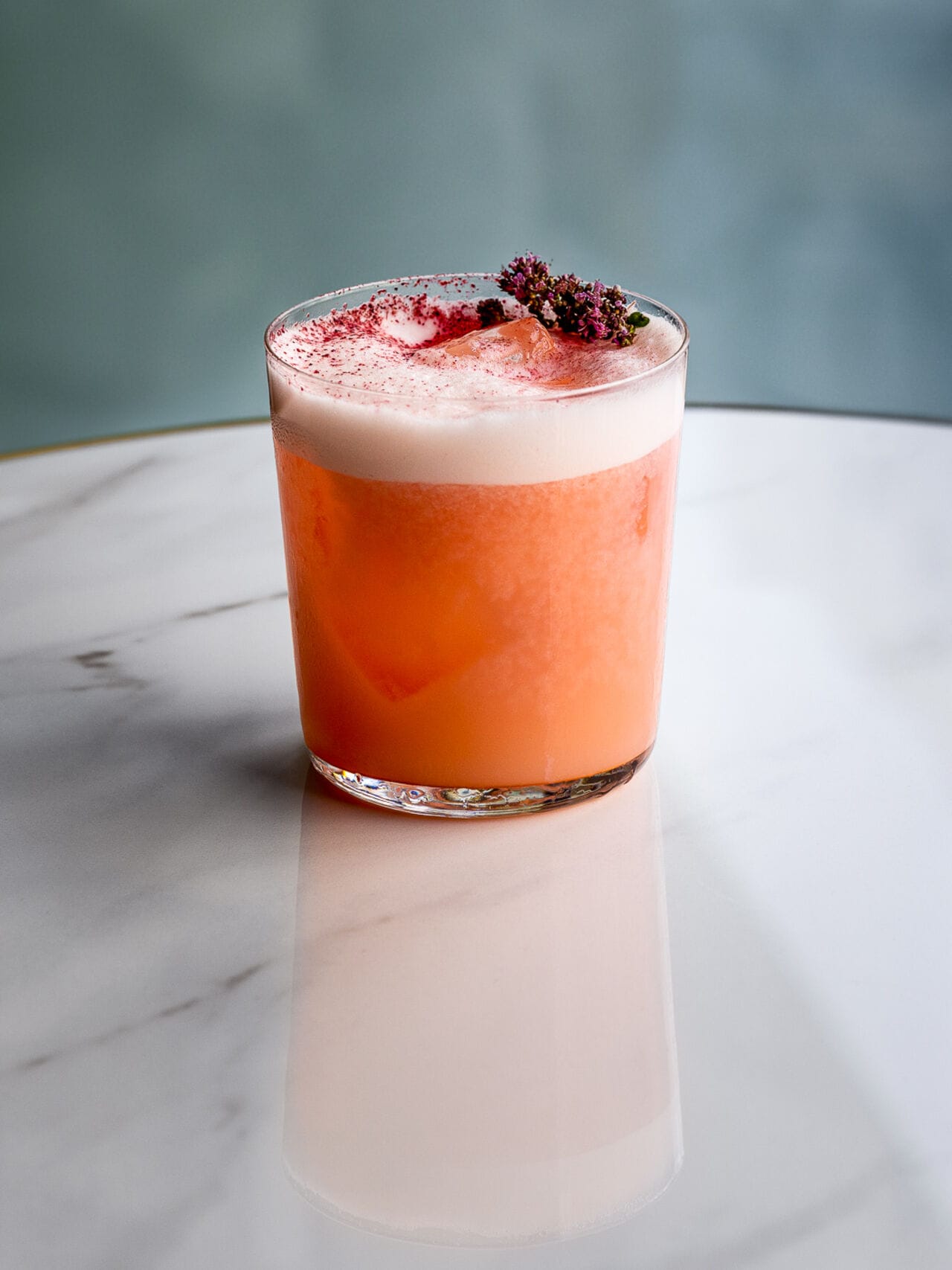
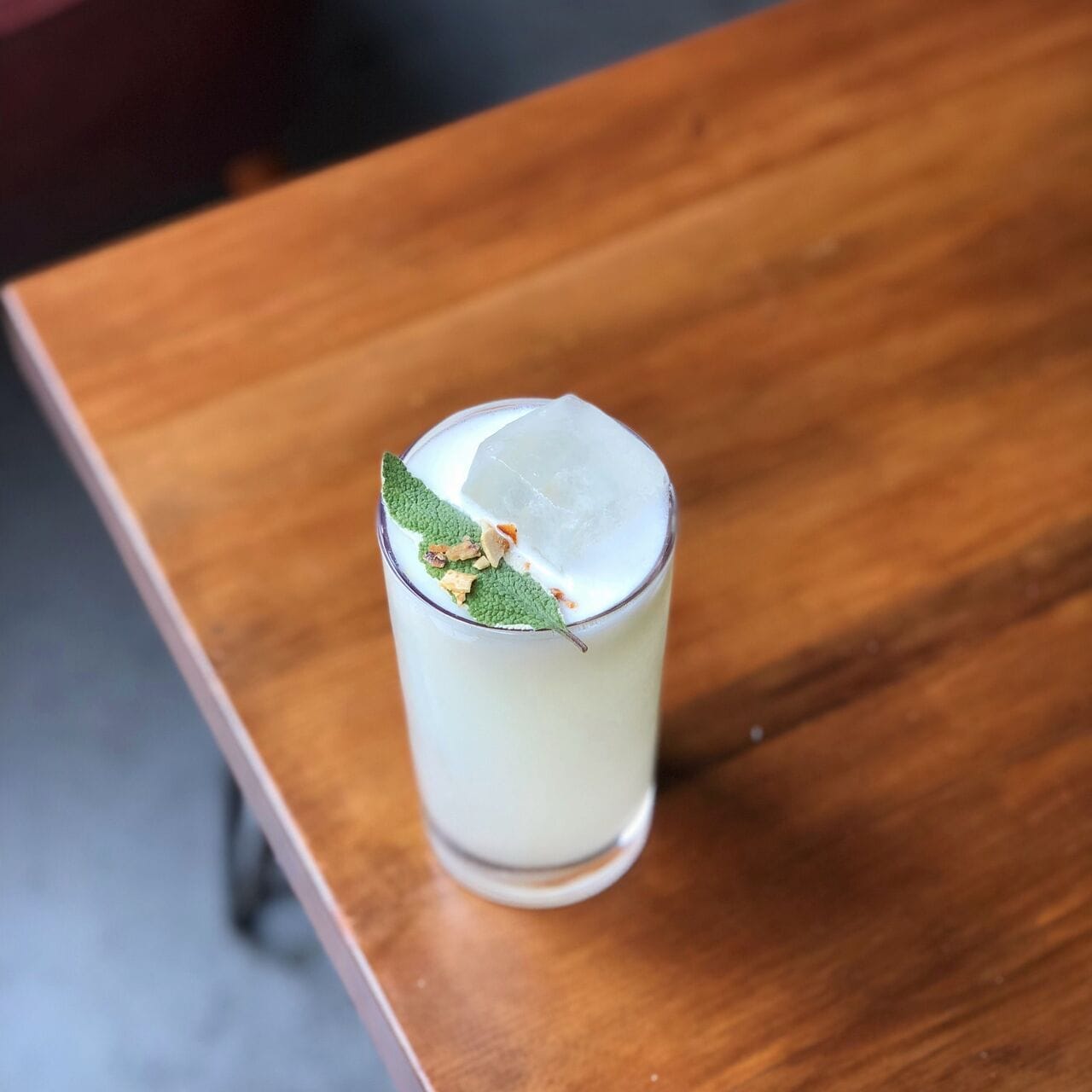
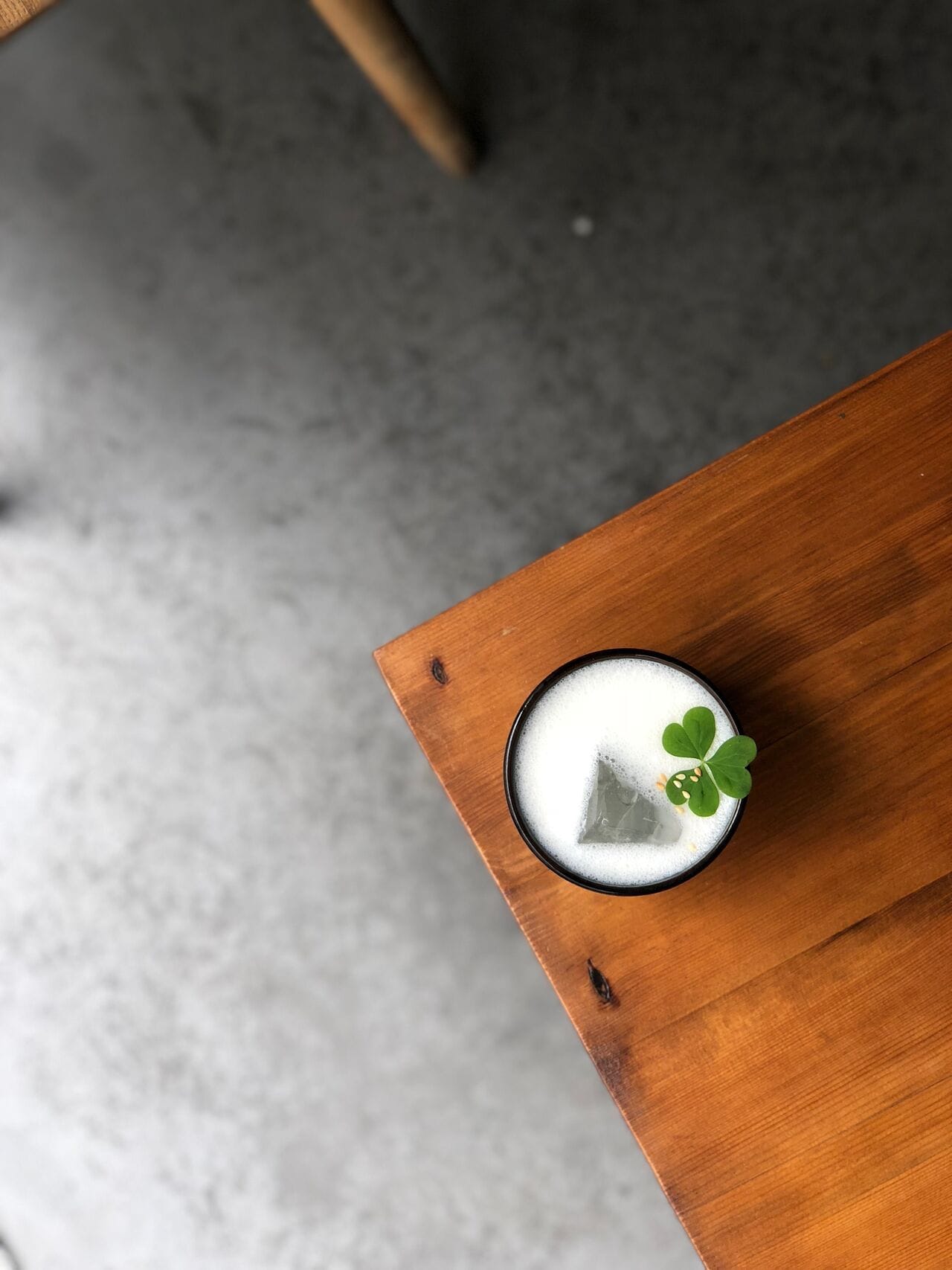
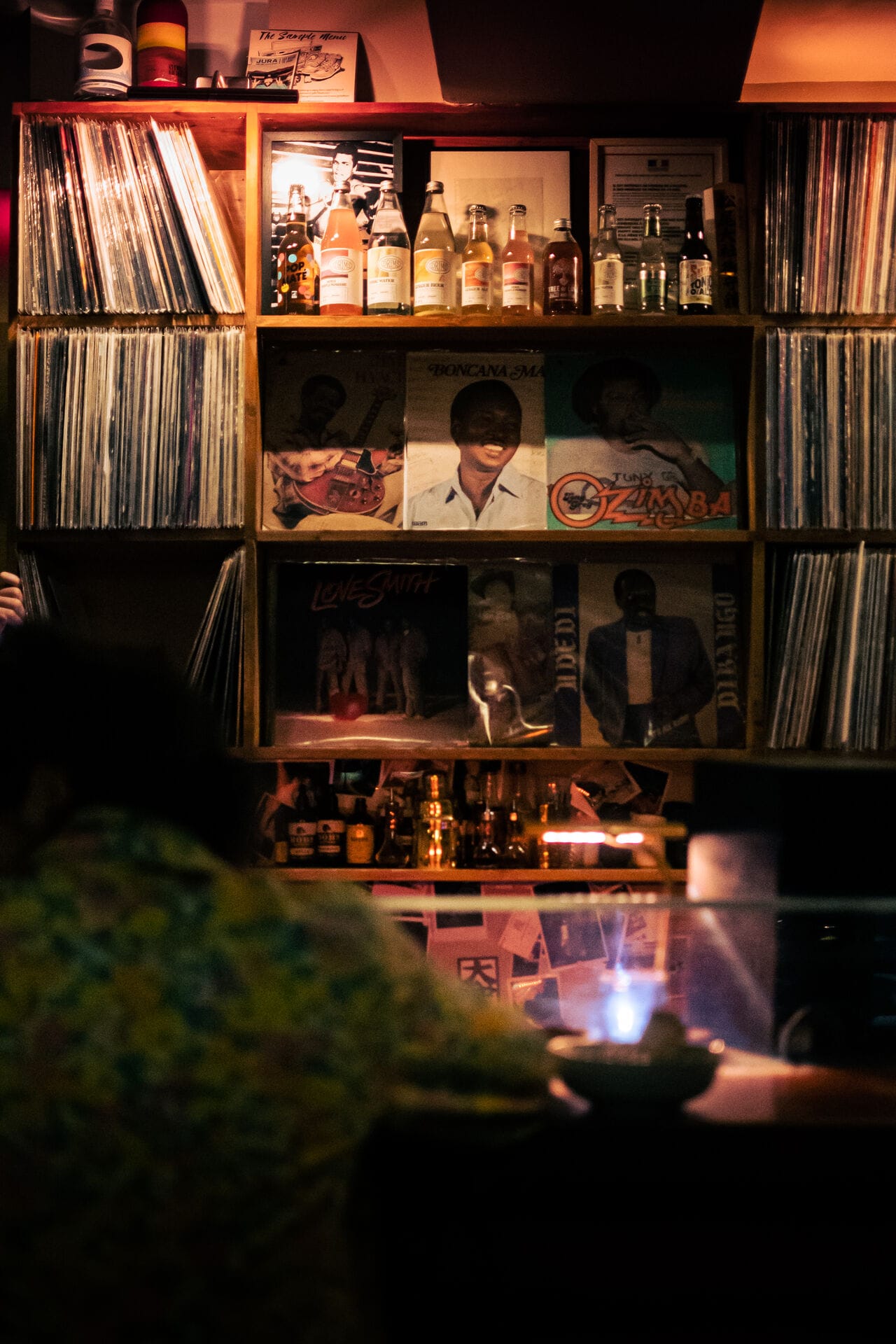
A menu that rotates with the seasons and our inspirations.
When it comes to updating our menu, we don’t set strict rules beyond staying in tune with the season. We work with the greengrocer on our street, who uses short supply chains. All his producers are located in the Paris region, and when certain ingredients go out of season, we simply switch to something else. He also has connections in Sicily, which gives us access to a wide range of produce.
If certain cocktails require ingredients with very short seasons—like cherries, strawberries, or rhubarb—the menu will change very frequently. That doesn’t happen as much in winter. However, if the team suddenly has a bunch of ideas all at once, we can change the entire menu without hesitation. Similarly, when a cocktail is very successful, we eventually grow tired of it, and it’s taken off the menu.
For Fréquence’s sixth anniversary, we brought back our best-sellers from past years for one week, then introduced a new menu.
Most of the time, a new recipe starts with the discovery of a spice or an ingredient that sparks our inspiration; the spirit usually comes last. However, in the case of vermouths or aperitifs, those categories can steer our initial thoughts.
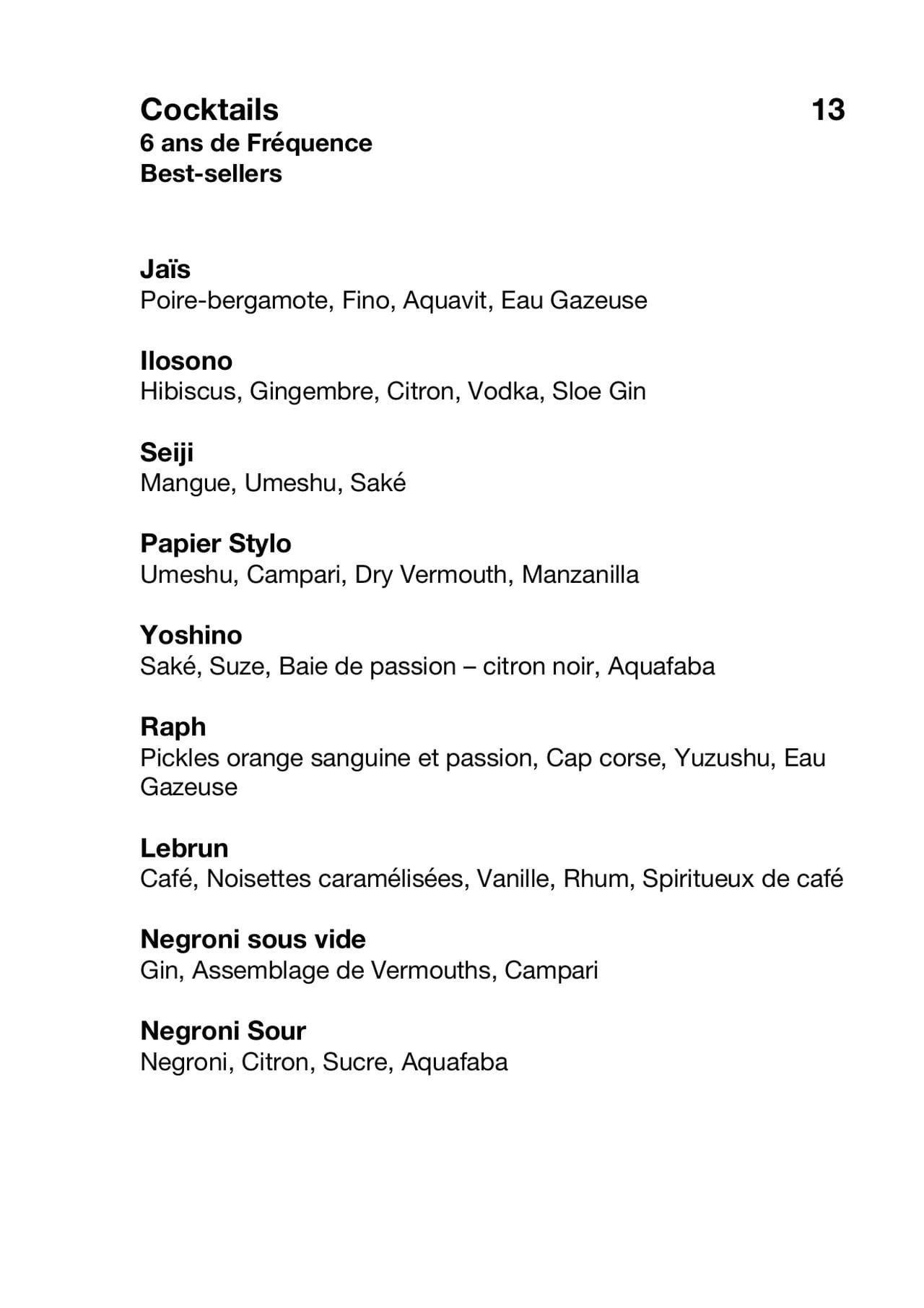
Building a loyal clientele over time.
Fréquence didn’t have an “explosive” start; the place grew little by little, each year better than the last. That allowed us to establish a loyal, regular clientele over time. As a result, we didn’t really feel the impact of difficult stretches—like the absence of tourists or even COVID. It really feels like we’ve established a solid foundation for our bar, and it’s here to stay.
Since international flights resumed, we’ve gotten a lot of media coverage abroad. A year ago, attendance was split evenly between tourists and Parisians. Now, the majority are Parisians. Of course, international visitors are fantastic: they’re enthusiastic and curious to discover what we do. Plus, they’re on vacation, so they tend to spend more freely. But the vibe/atmosphere is different. With Parisians, we get to know people’s tastes and build a connection. That’s really enjoyable. Having a balanced presence of both audiences is an advantage.
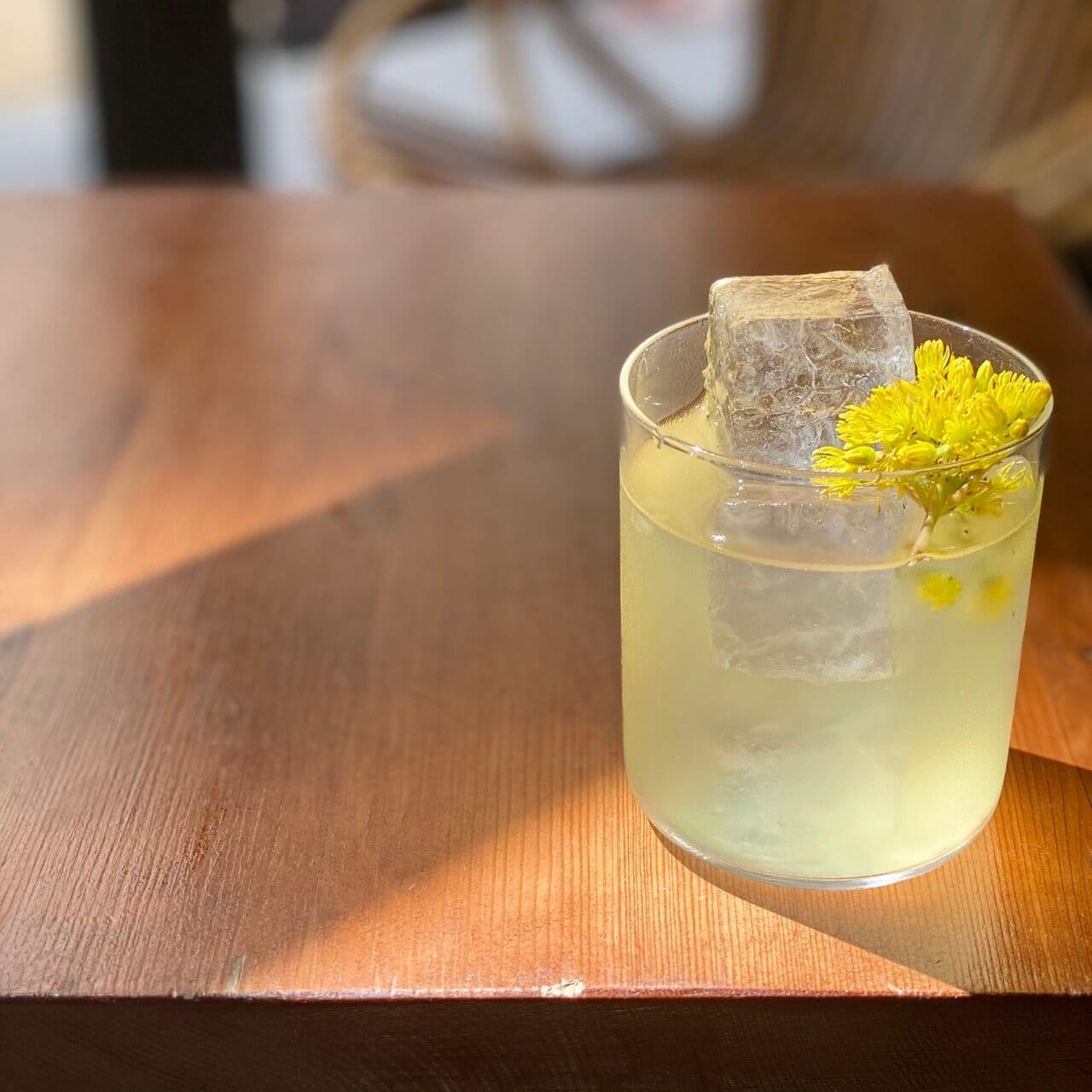
Upcoming opening of a restaurant in Corsica (with a cocktail program)
I'm originally from Corsica, and I’ve been living in Paris for 12 years now. So I’d like to “go back home.” Therefore, along with Matthieu and Baptiste (NDLA : Baptiste Radufe, the third Fréquence partner), we’re joining forces to open a restaurant there this season, blending everything we’ve learned over the years.
We’ll host guest chefs, at least in the first year. We’ll be using my grandfather’s garden to grow what we need for the restaurant. Initially, it’ll just be open for the season, because it’s completely outdoors in a seaside garden. The spot is stunning.
I’ll be there over the summer and return to Paris in winter to help out at the bar. It’s going to be a new and fairly intense experience from May to October. Then we’ll spend the rest of the year tending the garden, saving seeds, growing winter plants to use in the restaurant over the summer, and maybe even at Fréquence.
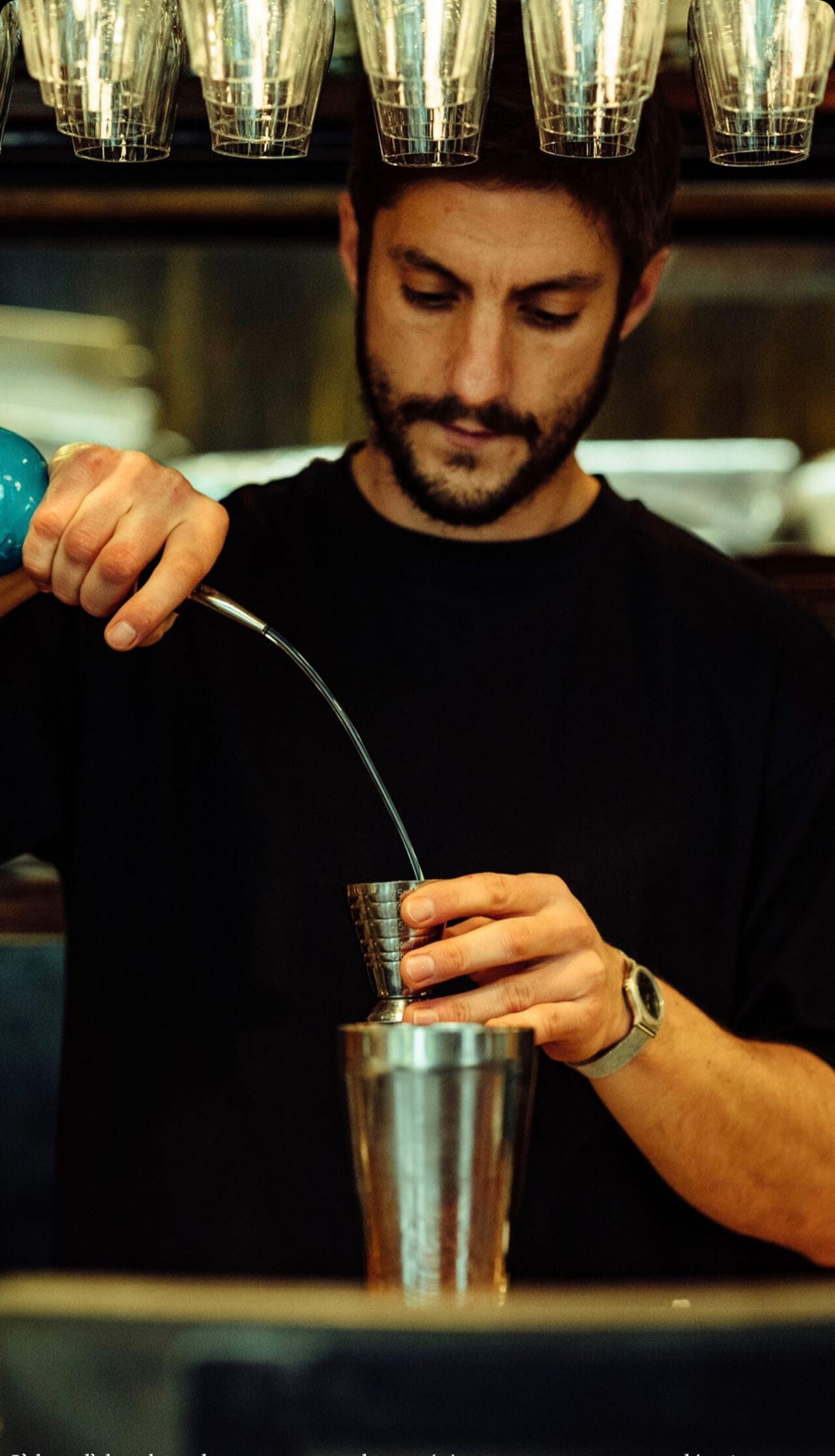
In Porto-Vecchio—where I’m from—everyone my age knows each other, and they’ve followed one another’s paths away from the island. Many people are curious to discover this cocktail world I’m part of. I’m looking forward to sharing my experience in that field.
Our establishment will primarily be a restaurant, but we’ll strive to have a menu of six cocktails that are very refined and well thought-out. Naturally, we’ll highlight Corsican products: herbs and aromatics, as well as spirits like P&M whiskies, Mavela liqueurs, and especially the white Cap Corse Mattei, which has been one of my personal favorites since I discovered it years ago at Sherry Butt. I’ve been using it on all my menus ever since. It’s a brand I’m delighted to work with, and they’ve offered to help us with our project over there.
Later, once I’m settled, I wouldn’t rule out creating a product—likely a local vermouth. We are very close to Hedon Distribution and its founder Cédric Kanté, and if such a project materializes, he’s exactly the kind of person I’d approach. With Fréquence and our restaurant, we should have enough infrastructure to support that kind of project.
Hours : Tuesday to Thursday, 6pm to 2am, and until 4am on Fridays and Saturdays.
